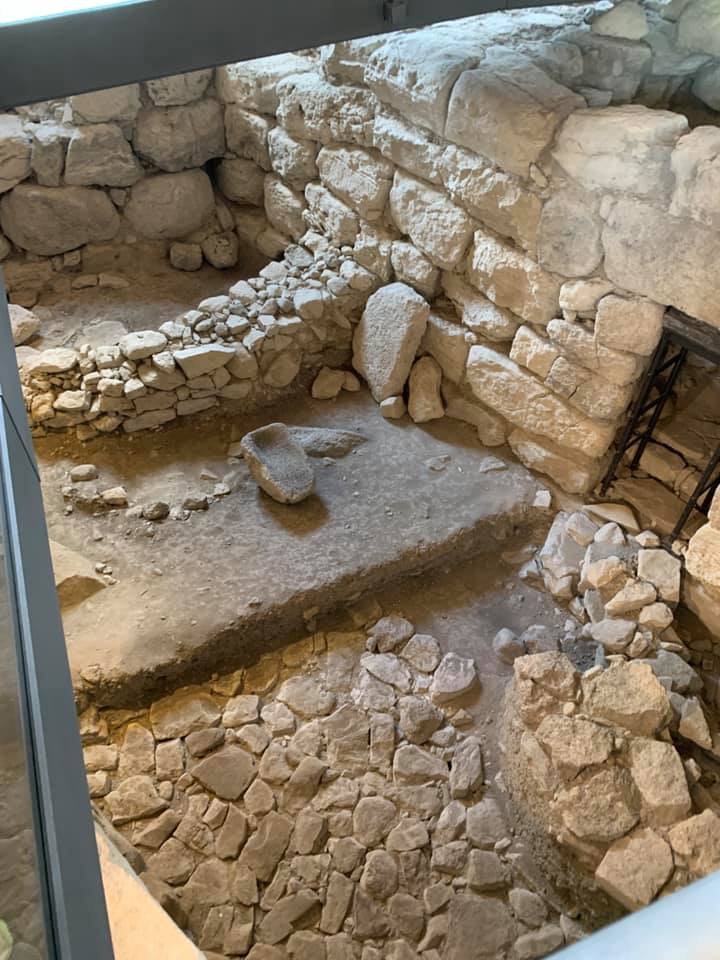The “creative reuse” of nuragic stones has always been a rather usual fact. It has repeated itself throughout history when places of worship and civil buildings were constructed using ready-made and roughly squared blocks coming precisely from the nuraghi or from some giant’s tomb; or when even Bronze Age structures were used as foundations for buildings erected in later periods (the “Casa Zapata” in Barumini is an example). This system likely reached its peak in 1820, when the King of Sardinia Vittorio Emanuele I issued the famous “edict of the chiudende”, which effectively introduced private property, allowing the fencing of lands that until then, by ancient tradition, were of common ownership. This led to a more or less systematic demolition and reuse of the ancient stones that inspired these verses by Melchiorre Murenu: “Tancas serradas a muru, Fattas a s’afferra afferra, Si su chelu fit in terra, che l’aian serradu puru” (“Closed tanks made with wall to grab grab; if the sky were on earth, they would have fenced that too”). Numerous menhirs present in our territory have not escaped the “creative reuse”, sometimes used as benches, other times probably to facilitate the crossing of a stream. Finally, we like to present the image of a giant brought down by time and the elements, without any conceivable intervention by the hand of man, captured in a shot by Sergio Melis.
The photos of “Su Nuraxi ‘e Cresia” used as the foundation of the “Casa Zapata” and close to “Su Nuraxi” of Barumini are by: Pietrino Mele, Nicola Castangia, and Romano Stangherlin.











